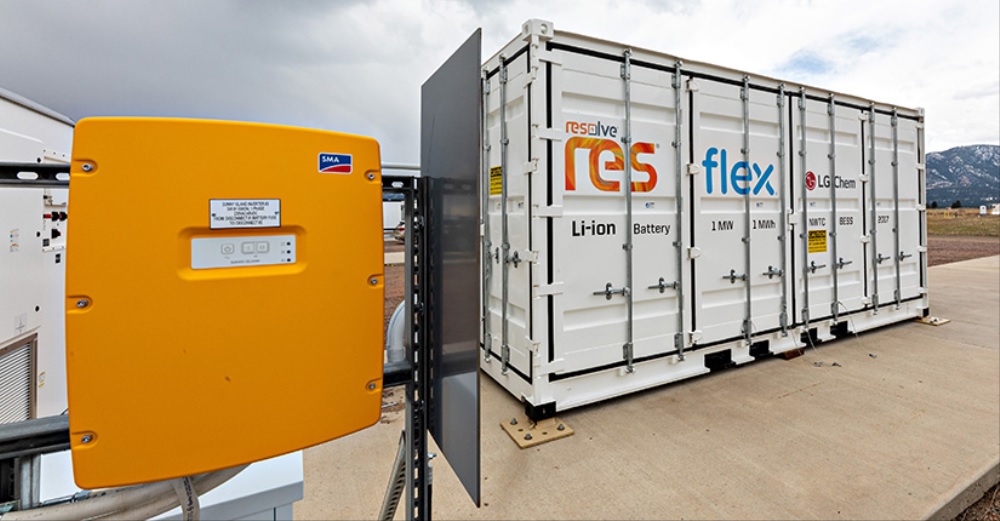From pv magazine global
Four-plus-hour energy storage accounts for less than 10% of the cumulative 9 GW of energy storage deployed in the United States in the 2010-22 period. However, this type of technology is likely to assume a more important and versatile role on the grid in the years to come, according to NREL’s new publication.
NREL’s earlier studies identified economic opportunities for hundreds of gigawatts of six to 10-hour storage even without new policies targeted at reducing carbon emissions.
“Longer-duration energy storage may lead to better grid resilience,” said Paul Denholm, NREL model engineering senior research fellow and lead author. “There’s an upside to developing and deploying greater storage, whether that value is in the ability to store more renewable energy or meeting winter energy demand.”
Historically, four-hour storage has been well-suited to providing capacity during summer peaks, and its ability to serve summer peaks is enhanced with greater deployments of solar energy.
As a result, several wholesale market regions have adopted a fixed “four-hour capacity rule” that fully compensates storage with at least four hours of duration and has no additional capacity revenues for longer durations. That means that a six-hour battery does not receive any more revenue than a four-hour one.
“This rule, along with limited additional energy arbitrage value for longer durations and the cost structure of Li-ion batteries, has created a disincentive for durations beyond 4 hours. Based in part on this rule, in 2021 and 2022, about 40% of storage capacity installed was exactly 4 hours of duration, and less than 6% had durations of greater than 4 hours,” NREL writes in its new publication.
However, the addition of solar, extreme weather conditions and building heating electrification are changing the equation and peak demand is becoming more significant in the winter than in the summer, as already seen in the Southeast and Texas.
“Energy storage could help meet increasing winter demand,” Denholm said. “Increased storage can also support transmission and resilience, further increasing the value of developing energy storage with more than four hours of capacity.”
Various technologies – such as thermal storage or next-generation compressed-air energy storage – have the potential to reach cost parity with lithium-ion batteries and longer service lifetimes. However, the new technologies must compete with the established lithium-ion, which had a decades-long head-start, and will require deployment at scale.
“We have promising technologies that, with development, can meet winter demand peaks and compete with lithium-ion technology,” Denholm said. “Reliability of the grid is the goal – greater storage can help us get there.”
This content is protected by copyright and may not be reused. If you want to cooperate with us and would like to reuse some of our content, please contact: editors@pv-magazine.com.









By submitting this form you agree to pv magazine using your data for the purposes of publishing your comment.
Your personal data will only be disclosed or otherwise transmitted to third parties for the purposes of spam filtering or if this is necessary for technical maintenance of the website. Any other transfer to third parties will not take place unless this is justified on the basis of applicable data protection regulations or if pv magazine is legally obliged to do so.
You may revoke this consent at any time with effect for the future, in which case your personal data will be deleted immediately. Otherwise, your data will be deleted if pv magazine has processed your request or the purpose of data storage is fulfilled.
Further information on data privacy can be found in our Data Protection Policy.